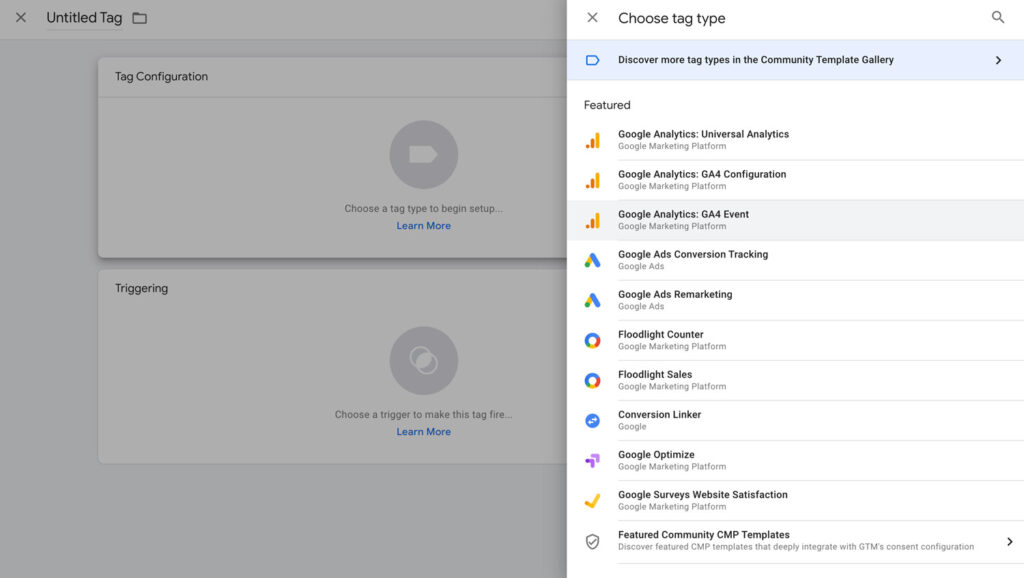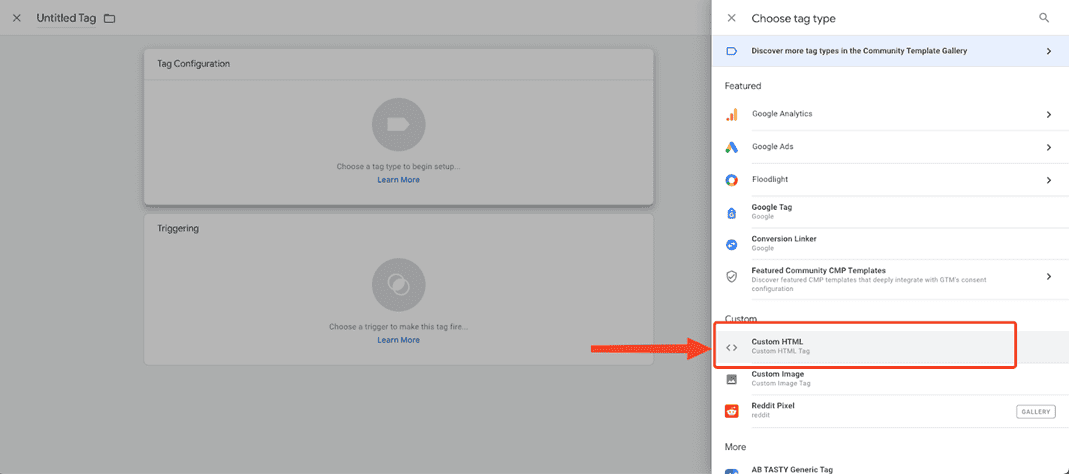Managing Google Tag Manager (GTM) custom HTML tags effectively is crucial for website performance and data accuracy. One common challenge is ensuring these tags are removed from the Document Object Model (DOM) after they’ve served their purpose. Leaving unnecessary scripts in the DOM can lead to performance issues and potential conflicts. This post will explore strategies and best practices for efficiently cleaning up after your GTM custom HTML tags fire.
Efficiently Removing Custom GTM HTML Tags
Removing custom HTML tags from the DOM after they fire is essential for maintaining website efficiency and preventing conflicts. Failure to do so can lead to bloated page load times and potential JavaScript errors. This is particularly important for tags that inject large scripts or manipulate the DOM extensively. The methods discussed below help ensure that these tags are removed in a clean and controlled manner, leaving your website performing optimally. Understanding the lifecycle of a GTM tag and its interaction with the DOM is fundamental to implementing these removal strategies. This ensures your GTM implementation remains lean and responsive.
Utilizing JavaScript’s removeChild Method
The most straightforward approach is to use JavaScript’s built-in removeChild method. This method removes a child element from its parent. You’ll need to target the specific element added by your custom HTML tag using its ID or a unique class. However, ensure this method is called after the tag has finished executing its tasks. Incorrect timing can lead to unexpected behavior and broken functionality. This precise timing often requires understanding the asynchronous nature of JavaScript, and sometimes involves promises or callbacks within your GTM tag.
Leveraging GTM’s Custom JavaScript Variables
For more advanced scenarios, leverage GTM’s custom JavaScript variables. These variables allow you to encapsulate the removal logic. You can create a variable that targets the specific element and then use the removeChild method within the variable. This keeps the removal logic separate from your main tag, improving code readability and maintainability. This approach is advantageous for reusable removal logic across multiple tags. Proper naming conventions for your custom variables will enhance clarity and organization within your GTM container.
| Method | Advantages | Disadvantages |
|---|---|---|
| removeChild directly in HTML tag | Simple, direct approach | Can lead to less organized code, harder to maintain for complex tags. |
| Custom JavaScript Variable | Reusable, cleaner code, better organization | Requires more setup initially |
Best Practices for Clean Removal
Regardless of the method used, adhering to best practices is vital for consistent results. Always ensure your removal logic is placed at the end of your custom HTML tag, utilizing promises or callbacks if necessary to guarantee execution after the tag’s primary function completes. Thorough testing is critical to verify successful tag removal without breaking other website functionality. Regularly review and optimize your GTM implementation to remove redundant or obsolete tags to maintain a clean and efficient setup.
“Careful planning and testing are key to ensuring that your GTM custom HTML tags are removed effectively and without causing unexpected issues.”
Remember to always test thoroughly after implementing any changes to your GTM setup. Use browser developer tools (like the Chrome DevTools) to inspect your DOM and ensure that the tags are removed as expected. Consider using a tool like Google Tag Assistant to monitor your GTM implementation and identify potential issues.
- Use descriptive variable and function names for readability.
- Test thoroughly on different browsers and devices.
- Prioritize clean, efficient code for maintainability.
By following these guidelines and choosing the appropriate method for your specific needs, you can ensure that your custom HTML tags are removed from the DOM after firing, leading to a more efficient and reliable website.
Learn more about advanced GTM techniques by visiting Simo Ahava’s GTM Tips and explore Google’s official documentation at Google Tag Manager Developer Guide.
#1 How to Prevent Tags from Firing After a Page Reload w GTM

#2 javascript - How Do I Capture The Value From This HTML? - Stack Overflow

#3 How to Install Your First Tag With GTM (Lesson 3) - YouTube

#4 Google Tag Manager - vad r tags, triggers och variables? | Maia

#5 Capturing Accurate GTM Referral: Custom Variable for API Redirect

#6 Firing GTM Tags based on Consent (Part 3) - YouTube

#7 New GTM Feature: Variable Dropdown for Custom HTML Tags - YouTube

#8 How to Test Google Tag Manager? [5 Simple Techniques]
![Clean Up Your GTM Removing Custom HTML Tags from the DOM Post-Firing - How to Test Google Tag Manager? [5 Simple Techniques]](https://cm.magefan.com/blog/gtm-tags_1.png)